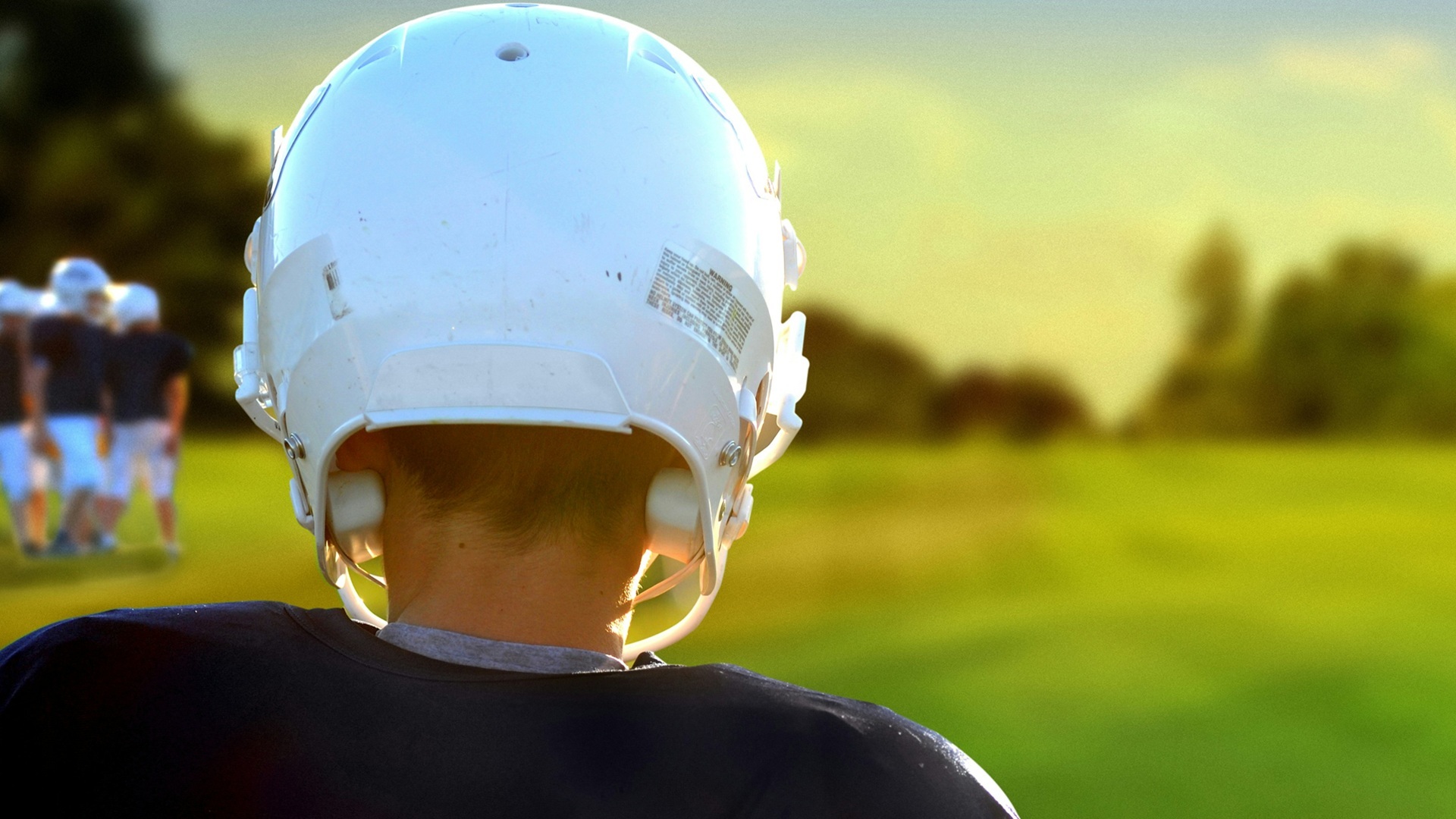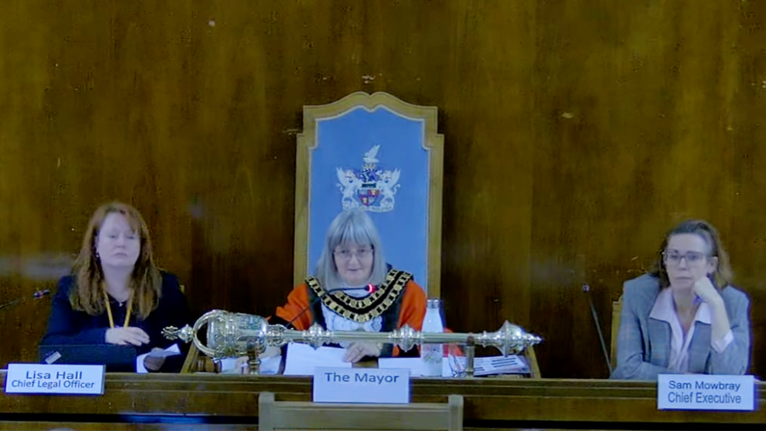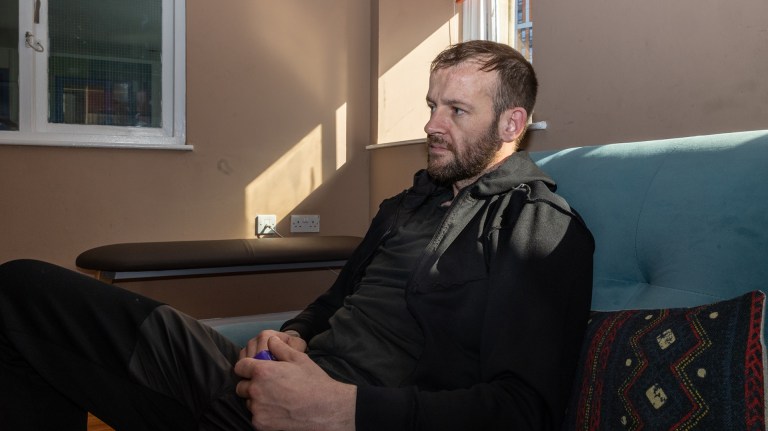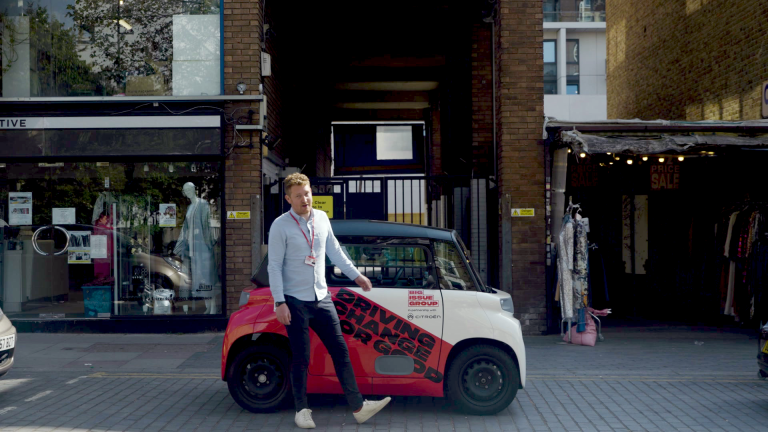The authors of the study, published in the peer-reviewed Acta Neuropathologica journal, said brain injuries are far more common in homeless people than in the general population, often from falls, assaults, or accidents.
But they added that sometimes violent or aggressive behaviour among people experiencing homelessness may be not only a cause but also a consequence of underlying brain damage.
In the CTE cases, the pattern of brain damage in memory-related regions differed from those seen in Alzheimer’s disease.
Other age-related changes were common across the group, and four cases showed another form of neurological disorder usually seen in later life known as argyrophilic grain disease, even though they were relatively young people.
Before this, similar CTE-related brain changes had been also documented in women in Australia subjected to domestic violence over a long period.
Dr Gabor G Kovacs, professor in the department of laboratory medicine and pathobiology at the University of Toronto, added: “Seeing CTE in a central European homeless cohort should change the conversation: it’s not only the disease of athletes, and recognising it matters for care, social services, and even how courts think about behaviour and responsibility.”
Advertising helps fund Big Issue’s mission to end poverty
Read more:
CTE first entered medical literature in 1928 in boxers, then drew global attention in 2005 when Dr Bennet Omalu reported it in American football player Mike Webster. Their story was later told in the film Concussion starring Oscar-winner Will Smith, who received a Golden Globe nomination for the role.
The impact of brain injuries in contact sports has also cast a shadow over UK sport too.
More than 1,100 former rugby players, with 784 from rugby union and 319 from rugby league, have now joined a concussion lawsuit against the sport’s governing bodies, including 2003 England World Cup winners Steve Thompson, Phil Vickery and Mark Regan.
But the new research has shown the need for researchers to look beyond sport.
Now, the next step is to develop better tools to detect this disease during life, since routine MRI scans cannot reveal CTE and people affected by it need to be identified and supported sooner, the international research team said.
Advertising helps fund Big Issue’s mission to end poverty
“Our focus here was disadvantageous socio-economic status rather than genetics,” said co-author Dr Shelley L Forrest from University of Toronto and Macquarie University.
“We used strict criteria, including only people who had lived on the street, had no history of professional sport or military service, and whose brains and spinal cords were examined using the same methods – the first such study of a homeless population worldwide. We found CTE in about 12% of the homeless individuals we examined in central Europe.”
Do you have a story to tell or opinions to share about this? Get in touch and tell us more.
Reader-funded since 1991 – Big Issue brings you trustworthy journalism that drives real change.
Every day, our journalists dig deeper, speaking up for those society overlooks.
Could you help us keep doing this vital work? Support our journalism from £5 a month.
Advertising helps fund Big Issue’s mission to end poverty









